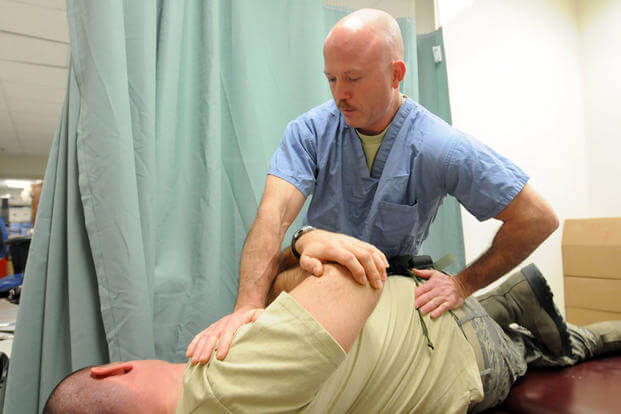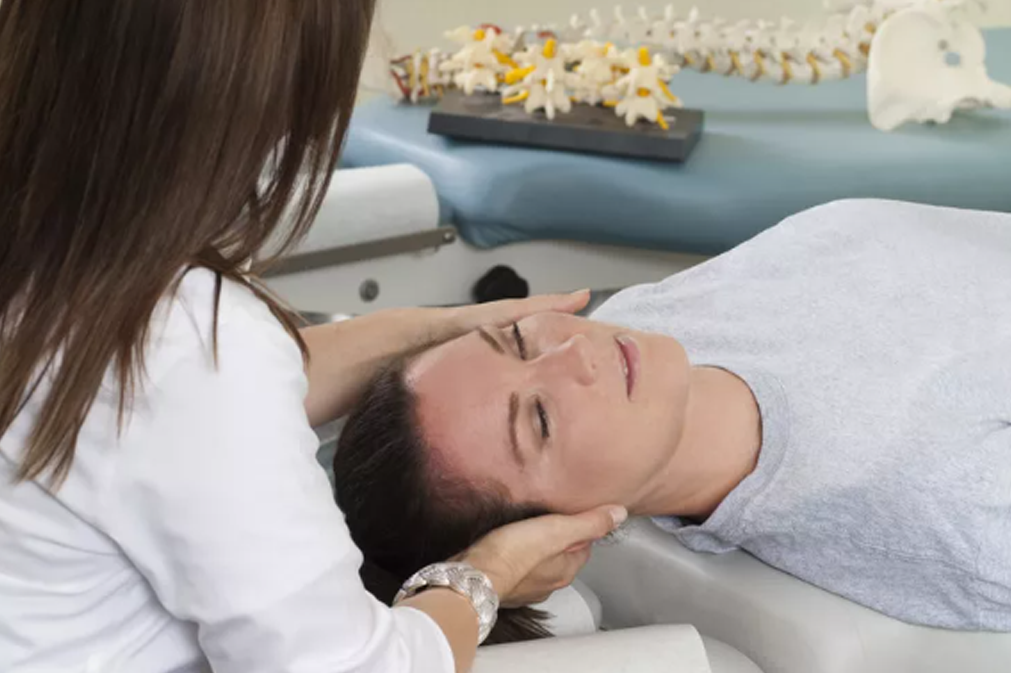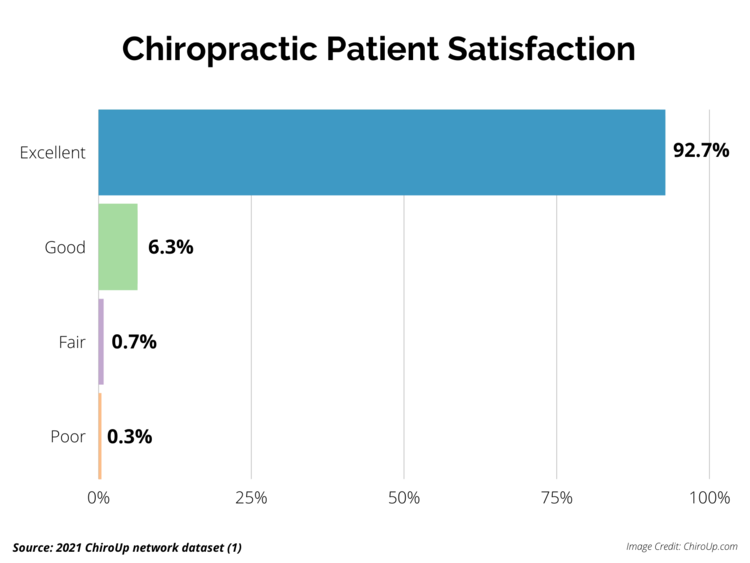Identifying Patient-Reported Outcome Measure Documentation in Veterans Health Administration Chiropractic Clinic Notes: Natural Language Processing Analysis
SOURCE: JMIR Medical Informatics 2025 (Apr 2): 13: e66466
Brian C Coleman • Kelsey L Corcoran • Cynthia A Brandt
Joseph L Goulet • Stephen L Luther • Anthony J Lisi
Pain Research, Informatics, Multimorbidities, and Education Center,
VA Connecticut Healthcare System,
950 Campbell Ave,
West Haven, CT, 06516
Background: The use of patient-reported outcome measures (PROMs) is an expected component of high-quality, measurement-based chiropractic care. The largest health care system offering integrated chiropractic care is the Veterans Health Administration (VHA). Challenges limit monitoring PROM use as a care quality metric at a national scale in the VHA. Structured data are unavailable, with PROMs often embedded within clinic text notes as unstructured data requiring time-intensive, peer-conducted chart review for evaluation. Natural language processing (NLP) of clinic text notes is one promising solution to extracting care quality data from unstructured text.
Objective: This study aims to test NLP approaches to identify PROMs documented in VHA chiropractic text notes.
Methods: VHA chiropractic notes from October 1, 2017, to September 30, 2020, were obtained from the VHA Musculoskeletal Diagnosis/Complementary and Integrative Health Cohort. A rule-based NLP model built using medspaCy and spaCy was evaluated on text matching and note categorization tasks. SpaCy was used to build bag-of-words, convoluted neural networks, and ensemble models for note categorization. Performance metrics for each model and task included precision, recall, and F-measure. Cross-validation was used to validate performance metric estimates for the statistical and machine-learning models.
Results: Our sample included 377,213 visit notes from 56,628 patients. The rule-based model performance was good for soft-boundary text-matching (precision=81.1%, recall=96.7%, and F-measure=88.2%) and excellent for note categorization (precision=90.3%, recall=99.5%, and F-measure=94.7%). Cross-validation performance of the statistical and machine learning models for the note categorization task was very good overall, but lower than rule-based model performance. The overall prevalence of PROM documentation was low (17.0%).
Conclusions: We evaluated multiple NLP methods across a series of tasks, with optimal performance achieved using a rule-based method. By leveraging NLP approaches, we can overcome the challenges posed by unstructured clinical text notes to track documented PROM use. Overall documented use of PROMs in chiropractic notes was low and highlights a potential for quality improvement. This work represents a methodological advancement in the identification and monitoring of documented use of PROMs to ensure consistent, high-quality chiropractic care for veterans.
There is more like this @ our
Keywords: AI; NLP; PROM; Veterans Health Administration; artificial intelligence; care; chiropractic; chiropractic care; chiropractor; integrated health cohort; musculoskeletal; musculoskeletal diagnosis; natural language processing; neural network; patient reported outcome measures; quality of care; quality of health care; veteran.
From the FULL TEXT Article:
Introduction
Patient-reported outcome measures (PROMs) are standardized, validated questionnaires completed by patients to identify and quantify their perceptions of their health status. [1] These measures are often of interest to clinicians to assess condition severity and response to treatment as a component of a measurement-based care approach. Measurement-based care is a recommended practice in the management of musculoskeletal pain conditions [2], where biomarkers of disease severity are lacking and baseline and serial reassessment for progress may influence clinical decision-making. Using PROMs can improve communication and shared decision-making between patients and clinicians, enable contextualization of pain within a patient’s life, and may positively influence health and pain status. [3]
In the Veterans Health Administration (VHA), patients with musculoskeletal pain may receive chiropractic care, where the use of PROMs is an expected component of high-quality care. [4, 5] The VHA Office of Specialty Care Ongoing Professional Practice Evaluation quality program for chiropractors includes a quality metric stating “appropriate pain, functional, and/or other measures are documented and used to inform clinical decision making.” However, substantial challenges limit monitoring this important metric of high-quality care at a national scale. Digital data systems integration is limited for both remote and point-of-care data collection that may otherwise facilitate structured data collection, thus any PROM documentation often occurs in unstructured clinic notes. Quality evaluation of these notes typically requires time-intensive, peer-conducted chart review, with substantial human effort limiting ongoing monitoring. [6]
The VHA Chiropractic Program has expanded rapidly in recent years driven by policy change and natural growth [7, 8], with 299 facilities now offering on-site chiropractic care in fiscal year (FY) 2024, up 344% from 87 facilities in FY2017. Scalable solutions are needed to monitor established care quality metrics, such as PROM use, and ensure high-quality chiropractic care delivery across the enterprise. Further, such solutions could also be widely applicable to other disciplines managing musculoskeletal pain, which is highly prevalent and burdensome in the VHA system and beyond.







Leave A Comment